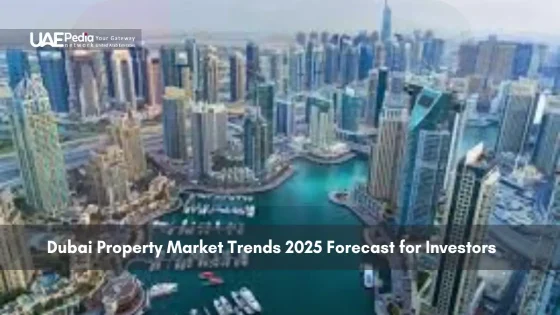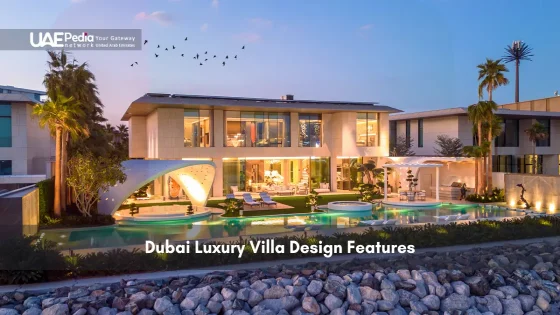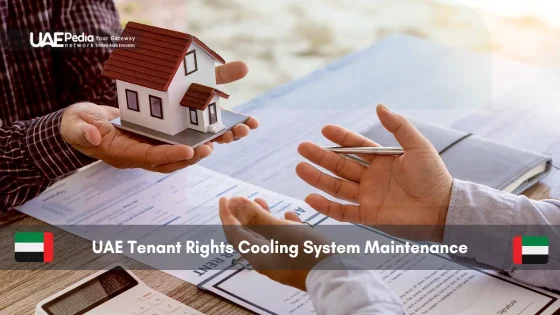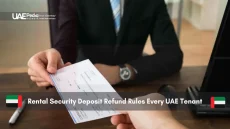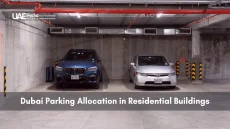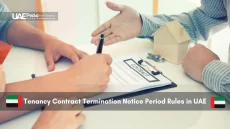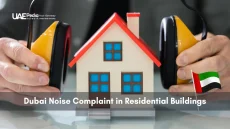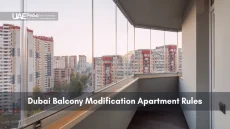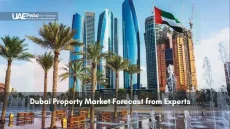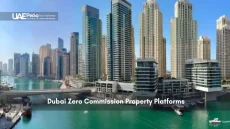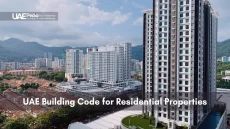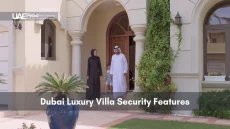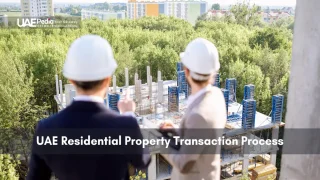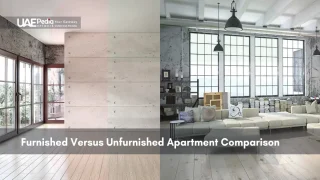What if a single city could defy global economic headwinds while delivering some of the world’s highest rental returns? The answer lies along the Arabian Gulf, where innovative skylines meet desert ambition. Over the past year, residential sales here surged by 38%, with off-plan transactions leaping 55%—a testament to relentless demand.
Global capital flows toward this hub aren’t accidental. Strategic location, tax-free ownership, and projects blending luxury with sustainability create a magnet effect. Johan Hajji, a property strategist with 15+ years shaping portfolios across the Emirates, notes: “Investors aren’t just buying homes—they’re securing footholds in a vision that outpaces traditional markets.”
Why does this matter now? With prices in prime districts climbing up to 59% since 2023, opportunities thrive for those who act strategically. The city’s appeal extends beyond brick-and-mortar—its real estate funds have attracted $10 billion in fresh assets this year alone, offering diversified pathways into high-growth sectors.
We’ll unpack what’s ahead: from neighborhood hotspots to shifting buyer priorities. Whether you’re exploring first-time acquisitions or expanding a portfolio, clarity awaits.
- Growth drivers: Prime locations and innovation fuel demand despite global challenges.
- Investor perks: 6-10% rental yields, zero property taxes, and stability anchor decisions.
- Expert lens: Actionable insights from frontline market strategists.
- What’s next: Data-driven forecasts to navigate 2025’s evolving landscape.
Market Overview and Current State of Dubai’s Real Estate
While global markets wobble, one city’s skyline tells a story of unshakable confidence. Residential transactions hit record highs this year—up 23% compared to 2023—with prime districts outpacing broader averages. Deloitte’s latest findings reveal a 20% jump in sales prices and 15% rental growth since January, proving even economic headwinds can’t ground this high-flying sector.
Examining Recent Performance and Trends
Numbers don’t lie: over 62,000 units changed hands in the first half of 2024. Luxury villas in Palm Jumeirah saw bids exceeding asking prices by 12%, while Downtown apartments now lease within 48 hours of listing. “It’s not just about location anymore,” shares a broker we interviewed. “Buyers want smart homes, green certifications, and access to urban beaches—amenities that redefine ‘prime’.”
Investor Appeal in Prime Locations
Why do neighborhoods like Dubai Marina command 8-10% annual yields? Think sunset views meeting metro lines, and tax-free returns paired with visa incentives. Foreign capital fuels 68% of purchases here, drawn by stability you’d struggle to find in other hotspots. With new waterfront districts launching monthly, the runway for growth stretches farther than the Arabian Gulf’s horizon.
dubai property market trends 2025: Government Initiatives and Impact
Behind every booming market lies a playbook of smart policies—and Dubai’s latest moves are rewriting the rules. From visa overhauls to tax tweaks, the emirate’s leaders have crafted a recipe that turns skyscrapers into investor magnets. Let’s unpack how these changes shape opportunities.
Policy Reforms and Long-Term Visas
Imagine securing residency simply by owning a studio apartment. That’s reality here now, thanks to relaxed ownership laws and 10-year golden visas for buyers. “These aren’t just perks—they’re invitations to build generational wealth,” says a legal advisor we spoke with. Add zero income tax and business-friendly regulations, and you’ve got a global capital magnet.
Recent reforms also slash red tape—property registrations now take hours, not weeks. Foreign investors cheer as leasehold restrictions ease, letting them tap into prime districts previously reserved for locals. It’s no wonder international buyers dominate 72% of recent transactions.
Legacy of Expo 2020 and Infrastructure Developments
Remember those futuristic Expo pavilions? Their legacy lives on in districts like Dubai South, where a new metro line connects smart homes to a sprawling logistics hub. Over 80% of Expo’s infrastructure now fuels residential and commercial projects, with green spaces and tech-ready offices rising where desert once stretched.
A 2025 forecast highlights how these upgrades boost prices near transport hubs. Communities like Al Furjan saw values jump 18% post-Expo, proving that strategic planning pays—literally. As cranes pivot toward sustainability, the city’s blueprint keeps investors one step ahead.
Projections for Residential, Commercial, and Hospitality Sectors
Imagine watching a city evolve in real time—skyline dotted with cranes, neighborhoods transforming overnight. Deloitte’s latest findings reveal a 20% surge in residential sales prices since 2023, paired with commercial rental rates climbing faster than desert temperatures. Let’s explore where smart money flows next.
Residential: Where Luxury Meets Accessibility
High-end villas on Palm Jumeirah now deliver 7-9% annual yields, while emerging areas like Jumeirah Village Circle attract first-time buyers with 5% price growth projections. “Demand splits evenly between trophy assets and mid-range homes,” notes a Deloitte analyst. Developers plan to release 35,000 off-plan units by late 2025—a move that could stabilize prices without slowing momentum.
Commercial Spaces Defy Global Slumps
Business Bay’s glass towers tell a tale of resilience: office occupancy hit 89% this quarter, with rents up 12% year-over-year. Retail isn’t far behind—DIFC storefronts now lease at $110 per square foot, fueled by multinationals seeking tax-friendly hubs. Industrial zones near Al Maktoum Airport? They’re quietly doubling as logistics goldmines.
- Hospitality’s comeback: Major hotel chains report 78% occupancy rates and 15% RevPAR jumps, thanks to events like COP28 and new cruise terminals.
- Smart communities: Districts integrating AI-powered utilities could boost values by 8-10% annually, per recent forecasts.
While supply increases might temper price spikes, infrastructure upgrades—think hyperloop links and solar-powered malls—keep the growth engine humming. Whether you’re eyeing beachfront penthouses or warehouse leases, the runway glows brighter than a Burj Khalifa light show.
Investment Strategies and Practical Tips for Future Growth
Smart investing here isn’t about luck—it’s about decoding patterns before others spot them. Picture this: neighborhoods that felt remote last year now hum with metro stations and rooftop gardens. To ride this wave, you’ll need equal parts grit and guidance.
Research, Due Diligence, and Local Agent Collaboration
Start by verifying a building’s history through the DLD portal. Did previous owners face maintenance disputes? How quickly do units lease? One broker shared: “I’ve seen clients save 18% on purchases just by checking service charge trends for older towers.”
Partner with RERA-licensed agents who know which areas are next for infrastructure upgrades. Their insights on upcoming schools or retail hubs can reveal hidden gems. Always cross-reference off-plan payment schedules with your cash flow—delayed projects happen, but solid contracts minimize headaches.
Financial Planning and Managing Investment Risks
Budget beyond the sticker price. Registration fees (4% of value) and agency commissions add up. If you’re eyeing private equity partnerships, ensure exit clauses align with your timeline. Diversify across asset types: a Downtown studio for short-term rentals paired with an industrial warehouse lease balances cash flow and stability.
Mortgage tip: Local banks often offer lower rates for pre-construction buys. But read the fine print—some penalize early repayment. And remember: high rental yields today don’t guarantee tomorrow. Factor in vacancy rates and community demand shifts to stay agile.
Navigating the Future of Dubai’s Real Estate
Picture a metropolis where innovation outpaces imagination—where every crane’s swing writes a new chapter in urban possibility. Forward-thinking initiatives like the Dubai 2040 plan aim to double green spaces and integrate AI-driven utilities, creating neighborhoods that blend sustainability with luxury. Analysts predict these efforts could boost annual yields by 8-10% in smart communities, reshaping what “prime location” means.
Infrastructure remains the backbone of growth. Upcoming metro expansions and solar-powered developments will connect emerging districts to global construction projects worth $133 billion by 2027. This isn’t just about buildings—it’s about crafting ecosystems where tech-ready offices meet urban beaches, appealing to remote workers and families alike.
Staying agile matters now more than ever. Shifting demographics and climate-focused policies will influence rental patterns, while cross-border collaborations open doors to new ventures. Deloitte’s latest industry analysis suggests tracking neighborhoods near logistics hubs, where demand grows faster than supply.
Keep your strategy curious. Follow local reports, revisit your portfolio quarterly, and let the city’s relentless evolution inspire your next move. After all, the best investors don’t just adapt to change—they dance with it.
A mix of tax-free incentives, world-class infrastructure upgrades, and rising demand from global investors and residents fuels expansion. Strategic initiatives like golden visas and business-friendly policies create stability, while new communities like Dubai Hills and Al Marjan Island attract diverse buyers.
Golden visas and retirement permits reduce relocation risks, encouraging families and professionals to settle long-term. This boosts demand for larger homes, schools, and mixed-use developments—key considerations for those eyeing rental yields or future resale value.
Established areas like Jumeirah Village Circle deliver steady returns, while emerging hubs like Sobha Hartland cater to luxury seekers. Off-plan projects in Ras Al Khaimah or Sharjah’s Tilal City provide lower entry points with high growth upside as connectivity improves.
While prices rise, oversupply in certain segments could affect short-term gains. Partnering with local agents helps navigate regulations, while fixed-rate mortgages and diversification across residential/commercial assets hedge against market shifts.
Expo’s legacy districts like District 2020 repurpose pavilions into tech hubs, driving demand for smart offices and eco-friendly housing. Improved metro links and sustainability mandates also shape upcoming projects, prioritizing green spaces and energy efficiency.
Downtown Dubai apartments average 5-7% yields due to high tenant turnover, while suburban villas in Arabian Ranches or Yas Island offer 4-6% with longer leases. Serviced units in tourism zones like Palm Jumeirah can hit 8-10% during peak seasons.
Logistics warehouses near Dubai South and co-working spaces in Business Bay thrive post-pandemic. Neighborhood retail plazas in family-centric communities also remain stable, with healthcare and education hubs gaining traction in Abu Dhabi’s Reem Island.
Secure pre-approvals with UAE banks for quicker transactions, budget for 4-7% registration fees, and explore REITs or fractional ownership if direct purchases exceed capital. Track interest rate trends—fixed vs. variable—to align with your risk tolerance.
